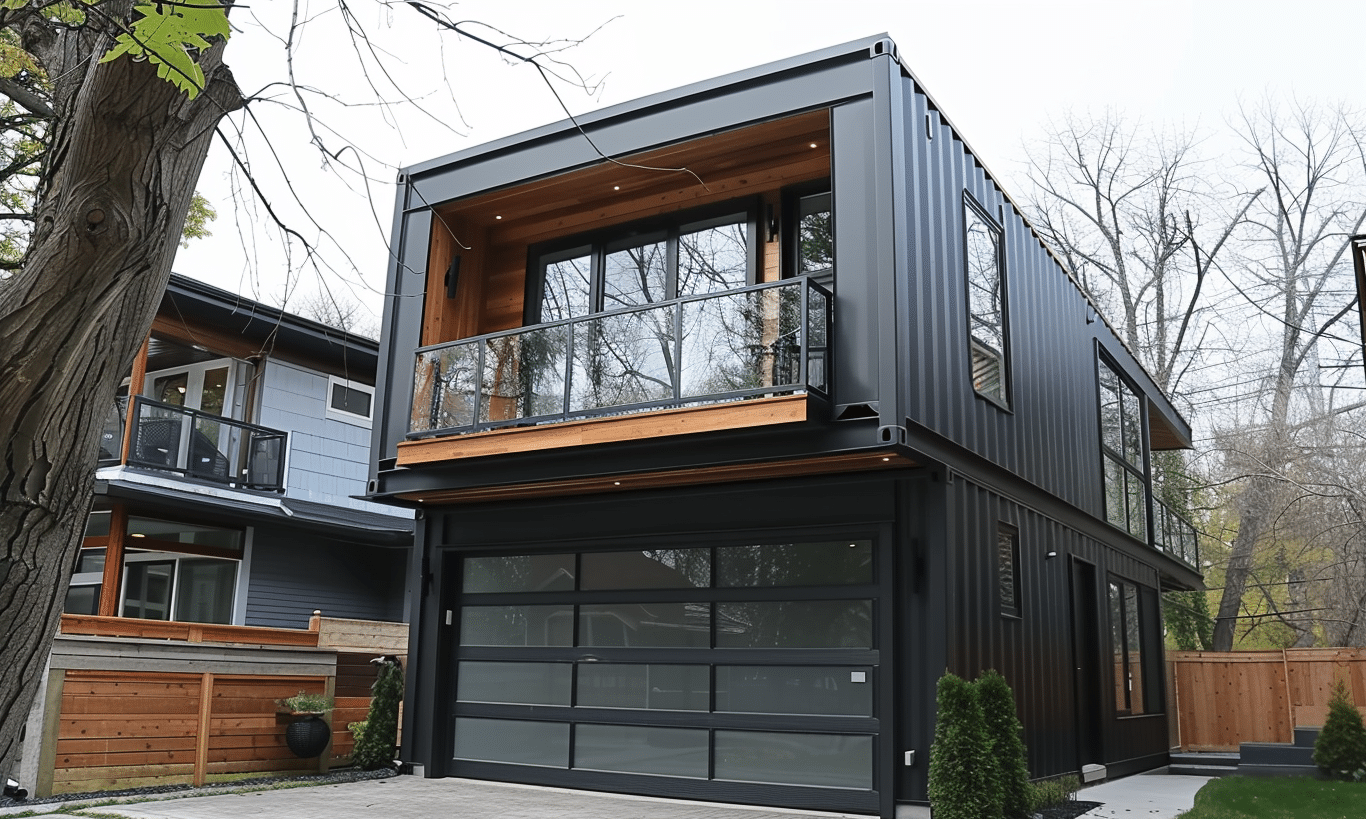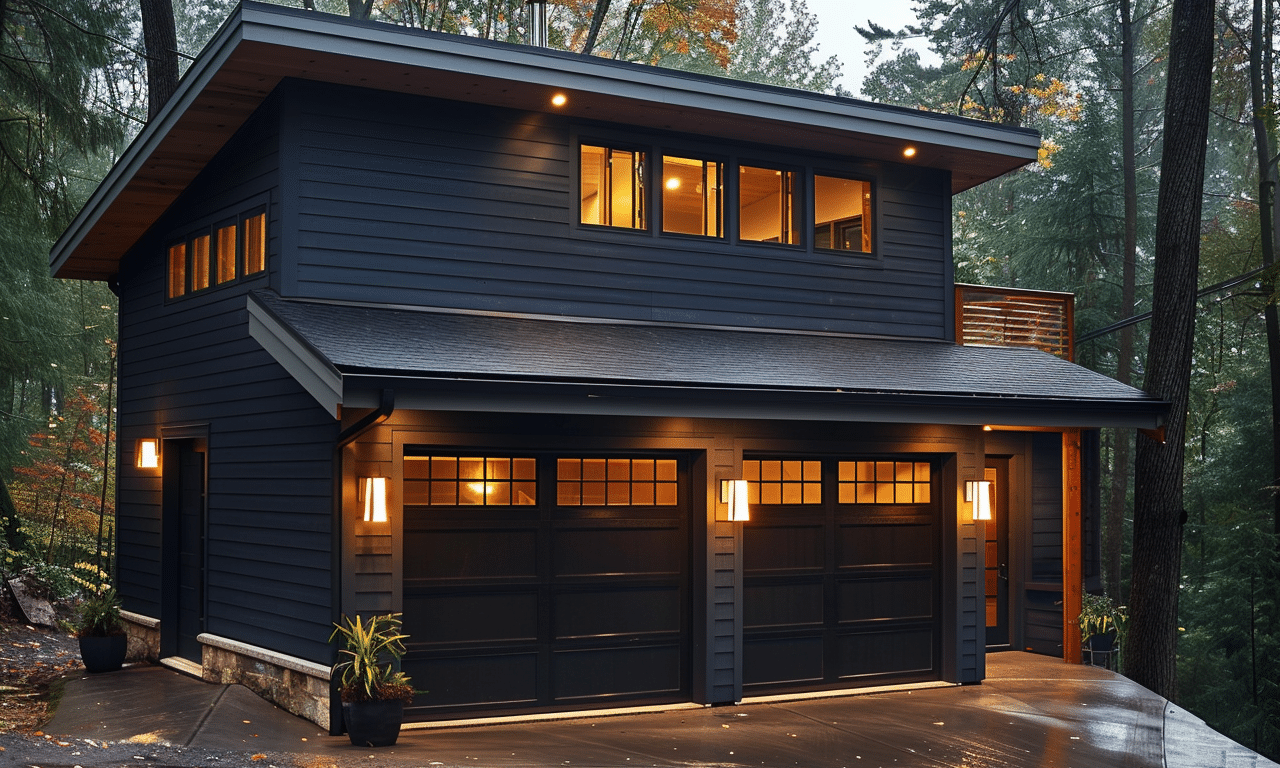The debate between natural and synthetic building materials has been an ongoing discussion among architects, builders, and homeowners for decades. As technology advances and sustainability becomes a pivotal point in construction, understanding the nuances of natural vs. synthetic materials is more crucial than ever. Whether it’s the aesthetic charm of wood or the industrial resilience of steel, knowing which material best suits your project can make all the difference.
Understanding Natural Building Materials
Natural materials, such as wood, clay, stone, and straw, have been used for thousands of years and are revered for their sustainability and aesthetic appeal. These materials are often chosen for their ability to blend seamlessly with the environment, creating structures that complement their natural surroundings. But what is it that makes natural materials so appealing?
### Advantages of Natural Materials
1. **Sustainability**: Natural materials are generally more sustainable, often produced with less environmental impact than synthetic alternatives. They are biodegradable and can be recycled, which reduces waste and lowers their ecological footprint.
2. **Aesthetic Appeal**: The beauty of natural materials lies in their variations and imperfections. Each piece of wood, stone, or clay can add unique character to a building, something that synthetic materials often struggle to replicate.
3. **Health Benefits**: Many natural materials, like wood, have been found to improve indoor air quality by acting as natural air filters, absorbing CO2 from the air.
4. **Energy Efficiency**: Materials such as clay and stone have inherent thermal mass properties, helping to naturally regulate indoor temperatures—keeping spaces warm in the winter and cool in the summer.
The Modern Appeal of Synthetic Building Materials
On the flip side, synthetic building materials, such as concrete, steel, plastics, and glass, bring their own sets of advantages. Manufactured for consistency and performance, these materials are designed to meet specific needs that natural materials might not always satisfy.
### Benefits of Synthetic Materials
1. **Strength and Durability**: Synthetic materials like steel and concrete are known for their incredible strength and durability. They can withstand extreme weather conditions and carry heavy loads, making them ideal for skyscrapers and large infrastructures.
2. **Design Flexibility**: With synthetic materials, the design possibilities are nearly endless. Modern technology allows these materials to be shaped, colored, and textured in a variety of ways to suit any architectural style.
3. **Maintenance**: Unlike natural materials, synthetic options often require minimal maintenance. For example, a wood vs. steel comparison highlights that steel does not warp, crack, or need regular treatments as wood does.
4. **Cost-Effective**: Over time, synthetic materials can often be more cost-effective. Despite sometimes higher initial costs, their durability and low maintenance can lead to savings in the long run.
Comparing Natural vs. Synthetic Building Materials
The choice between natural and synthetic building materials largely depends on the specific needs of a project. To make an informed decision, it’s crucial to consider factors such as location, budget, and the building’s intended use.
### Environmental Impact
When considering natural vs. synthetic materials, one must weigh the environmental impact. Natural materials often lead in terms of ecological benefits, but advancements in technology are making synthetic alternatives more sustainable. Innovations in recycling processes and the development of new eco-friendly materials are narrowing the ecological gap between these two building categories.

### Case Study: Canada’s Approach to Building Materials
In Canada, the government actively analyzes the role of natural and synthetic materials in building construction. The Government of Canada – Natural vs Synthetic Building Materials provides resources that help builders and homeowners make informed decisions that align with both environmental goals and building standards.
The Role of Steel in Modern Construction
Steel, a key synthetic material, has taken center stage in modern construction projects due to its myriad benefits. Its versatility is evident in various projects, from small residential homes to towering skyscrapers.
### Steel Advantages
– **Versatility**: Steel can be customized and adjusted to fit any architectural plan. Steel Building Design services facilitate the creation of personalized structures that cater to specific needs and aesthetics.
– **Durability**: As an especially durable material, steel structures often stand the test of time, offering a higher return on investment.
– **Sustainability**: Modern steel production has increasingly focused on sustainability, with efforts to reduce emissions and increase recycling.
### Practical Application: 40×40 Steel Building Kit
For those considering steel as a material, products such as the 40×40 steel building kit provide an excellent starting point. These kits offer the perfect blend of durability, flexibility, and cost-effectiveness, suitable for a variety of uses, from garages to small commercial spaces.

The Canadian Perspective on Steel Building Projects
In regions like Ontario, steel building projects are increasingly popular. The often harsh Canadian climate necessitates materials that can endure extreme weather, and steel fits the bill perfectly. Steel building packages Ontario are tailored to withstand heavy snow, strong winds, and other climate challenges, providing long-term safety and comfort.
Conclusion: Finding the Right Balance
Ultimately, the choice between natural and synthetic building materials should reflect a balance between aesthetics, functionality, and sustainability. While natural materials offer charm and eco-friendliness, synthetic materials provide unmatched strength and versatility. Each project will have its specific demands, making it vital to consider all aspects carefully.
Choosing materials in the building process is not just about the immediate needs but about setting the foundation for the future. Understanding the rich tapestry of options available allows builders, architects, and homeowners to create spaces that are not only structurally sound but also resonate with their vision for the environment. As the discussion of natural vs. synthetic materials continues, one thing remains clear: both have indispensable roles to play in shaping our built environment.











